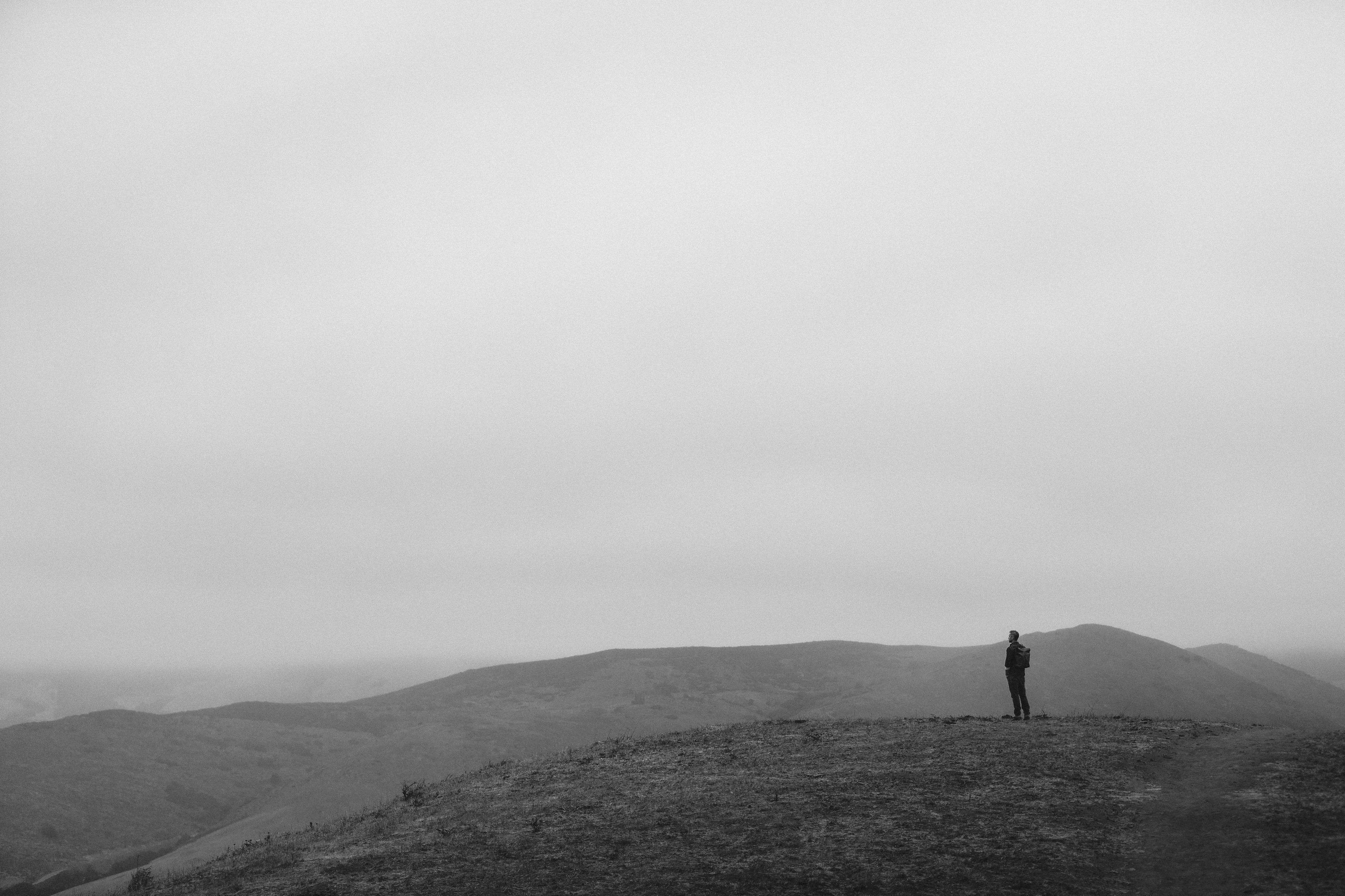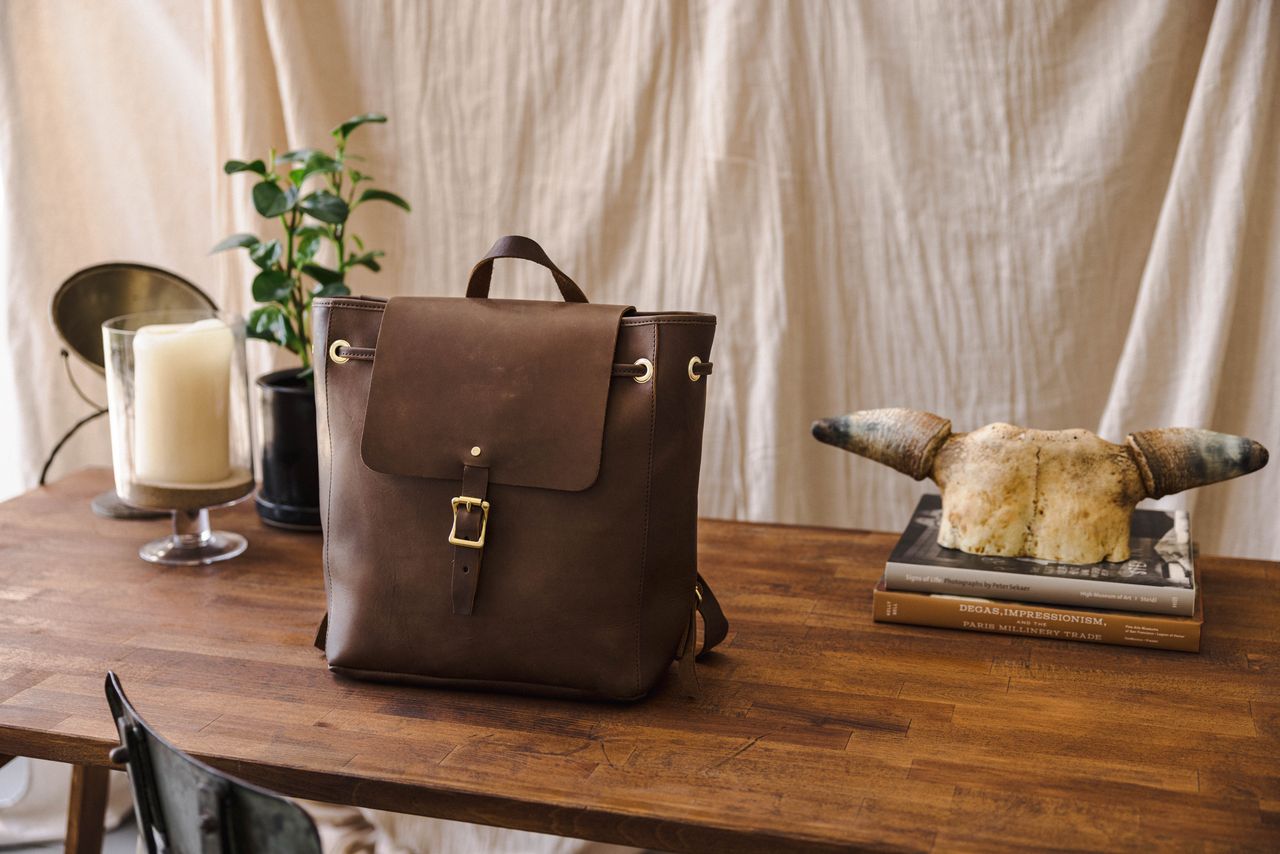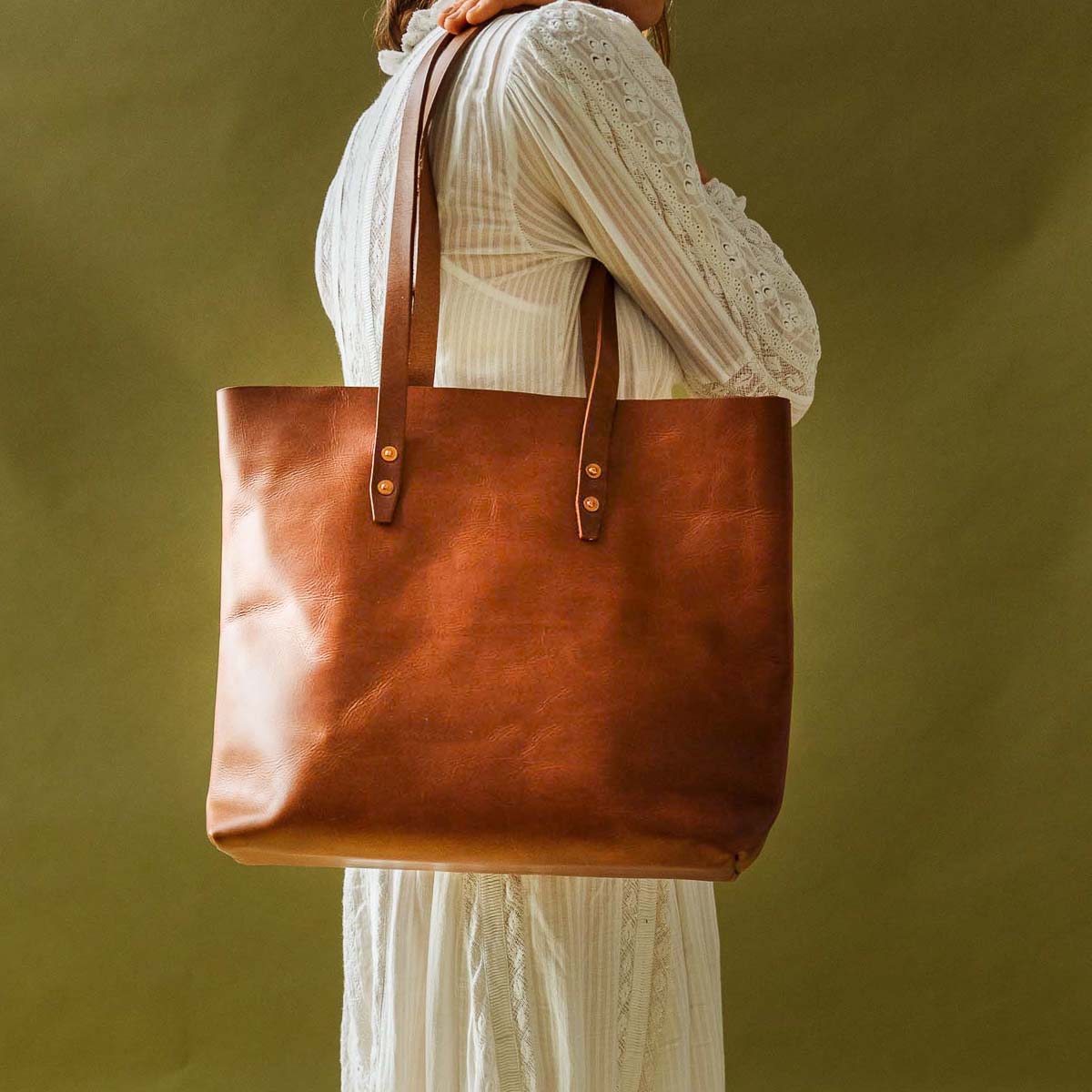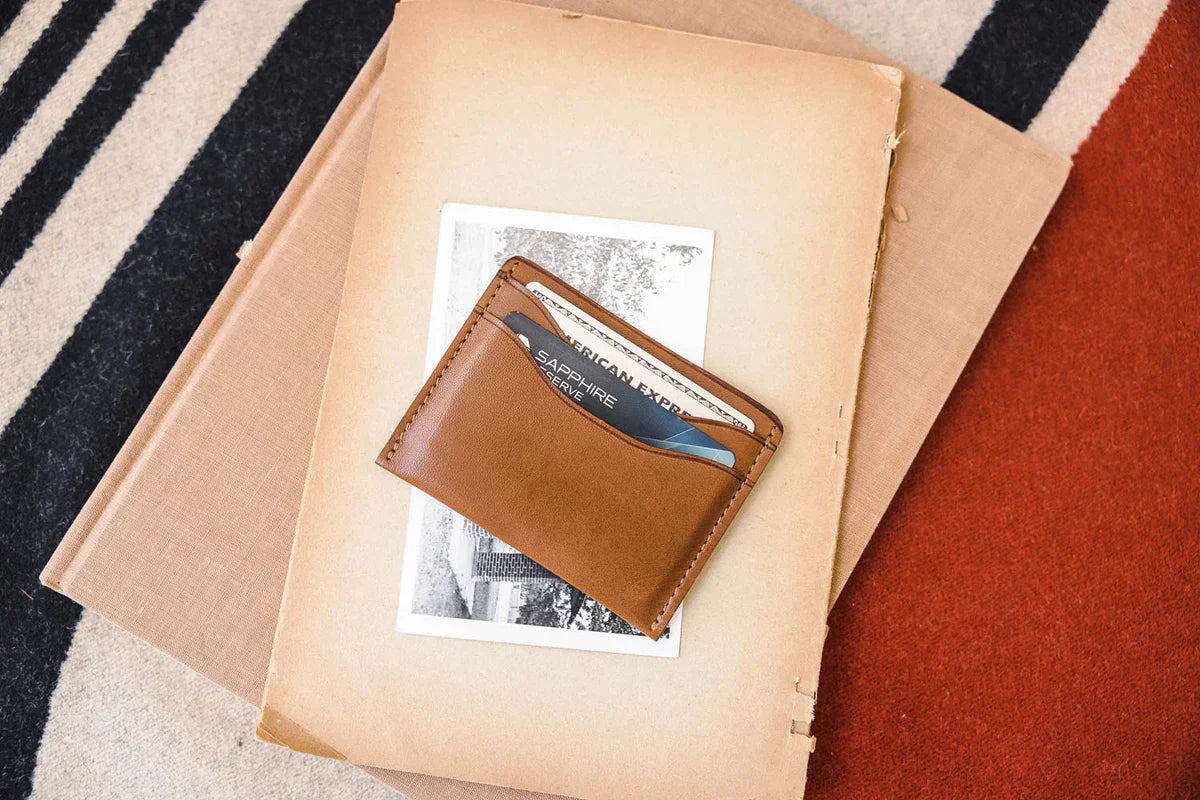León, Mexico From Dawn Till Dusk: A day traversing Mexico’s Zona Piel and beyond

In the lowlands of the Central Mexican Plateau known as the Bajío, the sun rises over León, casting rich golden light over slowly illuminating cathedrals, sprawling public squares, and boxy pastel buildings that form the heart of the city.
León, one of the oldest and the most populous cities in the state of Guanajuato, wakes up early. Cyclists and pedestrians abound, filling the sidewalks, winding through narrow and busy streets, plazas, public gardens, ancient cathedrals, and commercial sites. While León rarely occupies a space in the forefront of one’s mind for destinations in Mexico, this historically rich and hard-working city is a pocket of vital industry, its premier trade being leather.
Noting the long-standing relationship between the leather industry and León merely skims the surface of a trade that is deeply ingrained in the city, dating back to the days of colonialism. To grasp the city’s entwined identity with the leather industry, one need only look at the quality of the craftsmanship, honed through time by a centuries-old tradition. Once a premier land site for cattle farming, colonial demands adjusted León’s main export to leather production.
Today, the scale of the leather operation spans from small makers to large manufacturers, enabling the city to provide 70% of all Mexican leather exports to the world. “The Shoe Capital of the World,” as León has come to be known, is a thriving, dynamic city, bursting with its own brand of Mexican heritage.
Wandering through the Zona Piel (leather zone), one encounters vast swaths of leather vendors selling every imaginable iteration of leather goods: etched leather belts, shapely leather bags, and woven sandals, all intricate and numerous like the winding streets of the city. The smell of tanned hide carries through the air, salty and rich, like a deep smoky musk.
Upon departure from this spanning leather market, one encounters Martyr’s Plaza, a serene garden of manicured trees and wrought iron benches in the city center. Neoclassical arcades border the square, housing local shops that ebb and flow with people. For lunch, there’s a cart selling guacamayas, the traditional torta style sandwich of León, stuffed with crispy pork rinds and dashed with fresh lime.
The day carries on. The afternoon sun alights Pedro Tejada León’s Arco Triunfal del León, an impressive stone archway erected in 1896 and topped with a bronze lion, the emblem of the city. There’s no shortage of monuments in León, and each moment provides an opportunity to witness a centuries-old feat of striking architecture.
The Cathedral of León, an enormous stone church a short walk from the Arco, combines Spanish Baroque and Neoclassical styles of architecture. Considered the most important work of architecture in all of Guanajuato, the three ornately carved porticos and staggering interior marble altar create a striking edifice against the cloudless blue sky.
The sun begins to set behind the structure, and casts an ethereal orange glow on the facade. As the sky fades from blue to navy, the streets brighten as restaurant lights flicker on, emitting the milky glimmer of a promising evening.
You Might Also Like To Read ...



